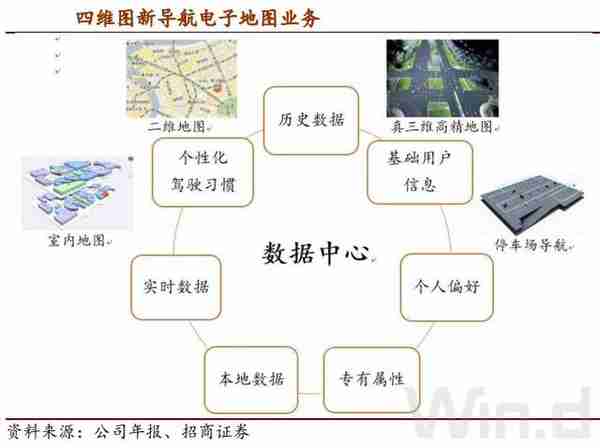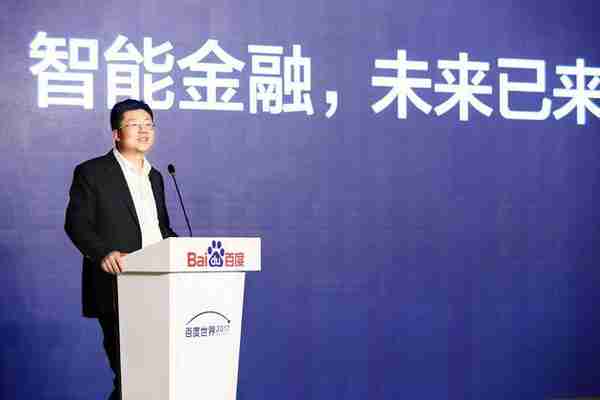用英语讲武夷文化故事
为深入开展“我们的中国梦”文化进万家活动,引领青少年儿童传承、传播优秀传统文化,共青团武夷山市委员会举办“用英语讲武夷文化故事”展演活动。学生表演者们用情景剧等形式,展示了武夷山茶文化、世遗文化、闽越文化、朱子文化和红色文化,引导武夷山青少年为家乡代言,学会用英语向世界展现真实、立体的武夷山。
武夷红色文化
无名的丰碑——张山头红军墓群
The nameless monument ---- the Red Army tombs at the head of ZhangShantou
Narrator: One day, grandparents took their grandson to outing. (Located in Zhangshantou Natural Village, Xiaojiang Village, Yangzhuang Township)
旁白:一天,爷爷奶奶带孙子去踏青。(位于洋庄乡小浆村张山头自然村)
Grandson: Grandparents, where is this?
孙子:爷爷奶奶,这是哪儿啊?
Grandpa: Here, ah,now it is the site of the Red Army Traditional Chinese Medicine Hospital in northern Fujian.The Chinese medicine hospital has office areas, outpatient clinics, internal medicine, surgery, inpatient department, western pharmacy, Chinese herbal medicine room, security platoon and other departments.The hospital is staffed with presidents, political commissars, medical directors, doctors, and nursing chiefs, whose main task is to serve the army, but at the same time to serve the cadres and workers and peasants in the Soviet union. The hospital's service personnel and medical stretcher teams were undertaken by the workers and peasants in Chong'an Su District.
爷爷:这里啊,现在是闽北红军中医院遗址。中医院内设办公区、门诊、内科、外科、住院部、西药房、中草药房、保卫排等部门。医院人员配备设院长、政委、医务主任、医生、看护长,主要任务是为军队服务,但同时也为苏区的干部和工农群众服务。医院的服务人员和医疗担架队由崇安苏区的工农群众承担。
Grandma: It's a touching place. According to local villagers, when the war was at its most intense, as many as 1,000 wounded and sick were sent to the Red Army Hospital, and the villagers spontaneously organized stretcher teams and laundry teams. Today, these old houses are still inhabited by villagers, and their feelings for the Red Army have never changed.
奶奶:它可是一个让人感动的地方。据当地村民说,当年战事最为激烈的时候,送往红军中医院的伤病员多达1000人,村民自发组织担架队、洗衣队,家家户户都是住院部。如今,这些老宅仍有村民居住,一直以来,他们对红军的感情从未改变。
Grandson: The place where the teacher told us in the patriotic education class where 1314 heroes are buried, is this it?
孙子:老师在爱国主义教育课堂上给我们讲的长眠着1314名无名英雄的地方,就是这儿吧?
Grandpa: Their tombs are located in the back hill of the Chinese Medicine Hospital. Some of them were Red Army commanders and fighters, Red Guards, who died in hospitals and in the Battle of Zhangshantou.
爷爷:他们的墓群就在中医院的后山。他们有的是在医院医治无效的牺牲及在张山头战斗中牺牲的红军指战员,赤卫队员。
Grandson: Doesn't their family even know they're here? Don't they have names?
孙子:他们的家人都不知道他们在这儿吗?他们没有名字吗?
Grandma: Young beings under the age of 20, three green bricks, one number, one red streamer, have been buried here ever since. After 90 years of long waiting and 1290 days and nights of research, they have a resounding name——— the Red Army tombs on ZhangshanTou.
奶奶: 不到20岁的年轻生命,三块青砖,一个编号,一根红飘带,从此长眠于此。它们历经90载的漫长等待和1290个日夜的考证,拥有了响亮的名字———张山头红军墓群。
Grandson: I must tell my classmates that there is such a place.
孙子:我一定要告诉我的同学们真有这样一个地方。
Thank you very much, nameless heroes and martyrs, it is your fearless sacrifice that has brought about today's lovely China!
谢谢你们,无名的英雄先烈,正是你们无畏的牺牲,换来了今天可爱的中国!
张山头红军墓群
张山头红军墓群位于武夷山市洋庄乡小浆村张山头自然村。2019年10月,被列入第八批全国重点文物保护单位名单。
遗址内存红军墓碑一方,立于东坑头山上。墓群所葬的主要为闽浙赣苏区红军官兵和苏维埃政府工作人员。初步清理墓葬1343座,占地面积为约1000余亩,其中东坑头山一号墓系红军医院院长王日华同志墓。遗址内尚存闽北红军医院、门诊部、住院部、看守所、炮台、战壕等遗迹。
来源丨武夷青年
武夷山资讯,请关注微信公众号"武夷山旅游"(ID:SzwyCoLtd)

 上一篇
上一篇



